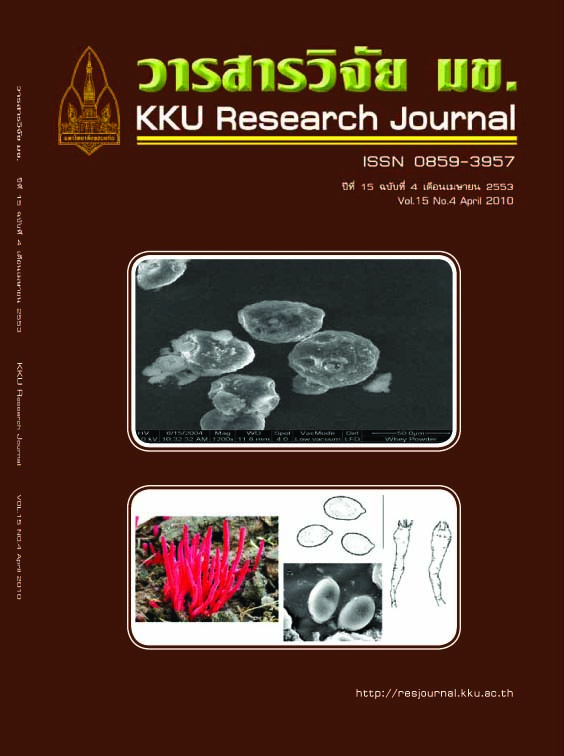Influence of solute-membrane-particle interaction on permeate quality during cross flow ultrafiltration of whey suspensions using tubular ceramic membranes
Main Article Content
Abstract
The tangential flow ultrafiltration of whey suspensions using tubular composite membranes and the effects of pH, coagulant of aluminium sulphate, Al2 (SO4 ) 3 , and surfactants of sodium dodecyl sulphate (SDS) and cetrytrimethyl ammonium bromide (CTAB) on permeate quality, are investigated. The permeate quality was assessed in terms of turbidity and the total organic carbon (TOC). The membranes and particulates were characterised using an electrokinetic property named the ζ-potential. The results indicate that the ζ-potentials of whey suspensions and membranes depend on the pH being positive at lower pH 3.5 and more negative at higher pH. In most cases the permeate turbidity and the TOC were reduced at least 97% and by about 22.1-28.1 %, respectively. Permeate fluxes varied between 13.2 to 21.5 (Χ 10-6) m3 m-2 s -1. The results were found to depend on the combination of pH, Al2 (SO4 ) 3 and surfactant concentrations. The best permeate flux was found at pH 6.2 when both particles and membrane had significant, negative ζ-potentials. In contrast the best reduction in TOC was observed when the ζ-potential of both membranes and particles were positive, but very close to zero. It is clear that the electrolyte conditions and electrokinetics play an important role in this ultrafiltration.
Article Details
How to Cite
Kaewkannetra, P. (2017). Influence of solute-membrane-particle interaction on permeate quality during cross flow ultrafiltration of whey suspensions using tubular ceramic membranes. Asia-Pacific Journal of Science and Technology, 15(4), 237–248. retrieved from https://so01.tci-thaijo.org/index.php/APST/article/view/83159
Section
Research Articles


